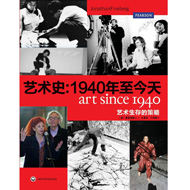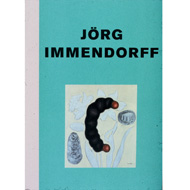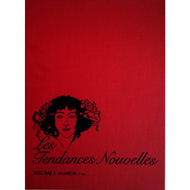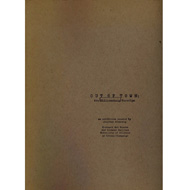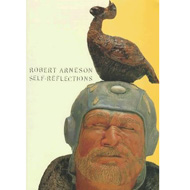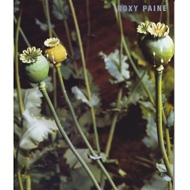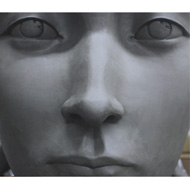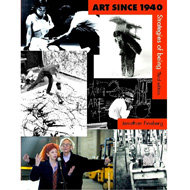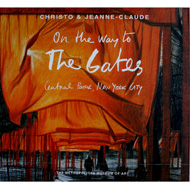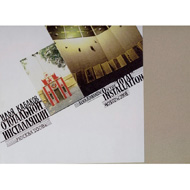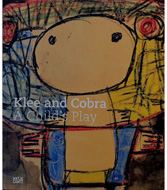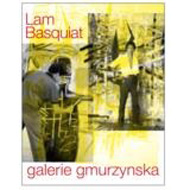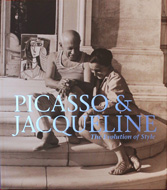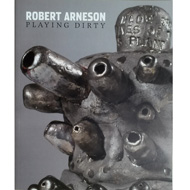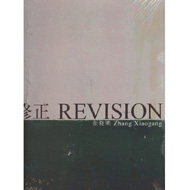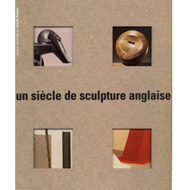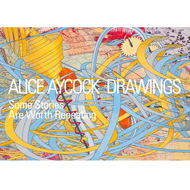I went back to Harvard for my Ph.D. in art history and there, in 1970, I enrolled as a research candidate in psychoanalysis at the Boston Psychoanalytic Institute (completing my training analysis in 1975 at the same time as my art history dissertation). I continued with course work at the Western New England Psychoanalytic Institute in New Haven as a young assistant professor of art history at Yale, though I never intended or trained for seeing patients. The underlying theoretical foundation of my best known book Art Since 1940: Strategies of Being (originally Prentice-Hall 1995, now in multiple revisions and languages) has to do with the way in which individual artists negotiate the reality of their experience in their work.
I began studying the history of early modern art in graduate school at the Courtauld and then at Harvard. At the time, the “best” university programs in art history didn’t have faculty who specialized in contemporary art. The only two tenured positions in the country were at Princeton and Berkeley. At the Courtauld the study of art history ended in 1915 and at Harvard it was frowned upon to work on anything after World War Two. So I wrote a dissertation on the early formation of Kandinsky’s abstraction while continuing to write criticism in newspapers. But in my first teaching job, at the University of Illinois at Urbana-Champaign, I was hired in a tenure track position specifically to create courses on contemporary art and criticism. Art Since 1940: Strategies of Being began from class notes in which I attempted to chart the field for myself and my students.
After four years at Illinois I turned down tenure to take an assistant professorship at Yale, knowing it was not tenurable, and then I went to New York on an NEH fellowship where I followed Christo and Jeanne-Claude to all the meetings, tests, and hearings for the Surrounded Islands project in Miami. I wrote the essay for their big documentation book on the project (Harry N. Abrams, 1983). Then I took a couple of visiting positions in New York at Hunter College and at Columbia, where I realized I needed to make a book out of my art since 1940 course and also to find a steady job. At that point, my old colleagues at Illinois lured me back to Urbana where I knew I would have the support to focus on writing and I remained at Illinois for thirty years, where my wife, Marianne, and I raised our three children.
My book, The Innocent Eye: Children’s Art and the Modern Artist, looked at my discovery of an important and surprisingly overlooked body of source material for major masters of modernism like Picasso, Matisse, Klee, Kandinsky, Dubuffet, and others. They all collected children's art and contrary to the old cliche that "my kid could paint a Picasso" this research showed even greater depth to their individual artistic projects and how this material both shaped and was shaped by those ambitions.
When We Were Young: New Perspectives on the Art of the Child grew out of that fundamental discovery as I tried to understand what they and we have in common in our relationship to visual modes of thought.
The books on individual artists like Christo and Jeanne-Claude: On the Way to the Gates, A Troublesome Subject: The Art of Robert Arneson, and more recently Disquieting Memories: The Art of Zhang Xiaogang, have all further developed different aspects of my perspective on art in its social and psychological context. Even the more topical critical essays, exhibitions, and catalogues like Out of Town: The Williamsburg Paradigm (the
first museum exhibition devoted to the emergence of Williamsburg, Brooklyn as a center of art production), the Roxy Paine catalogue (his first museum show), "Le collage de Paolozzi: sculpture dans un espace
adimensionnel," and the recent essay for the Today Museum in Beijing on Wang Guangyi, “Dancing with Augustine,” all frame the work of art in a social context. Imagining America: Icons of 20th Century American Art (both
my PBS television show and the book) attempted to convey to a larger audience how works of art have helped to define us. Modern Art at the Border of Mind and Brain theorizes my work as a whole and opens
new questions about what works of art do for us psychologically, socially, and neurologically.


